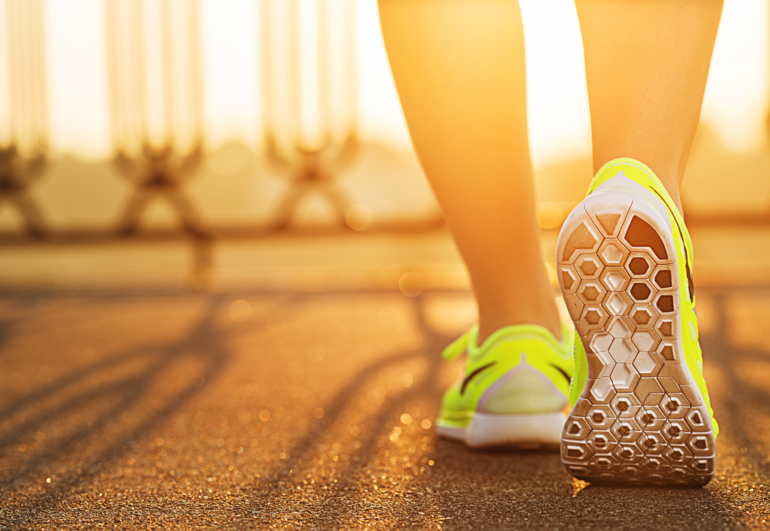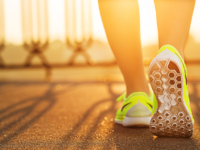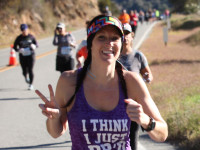Staying Hydrated

We have discussed the importance of staying hydrated during long-runs and races. We also mentioned that, to accomplish this, you must begin your run properly hydrated and must drink enough fluid to replace what you are losing through sweat and respiration. In order to replace your fluid losses, you must know how much you are losing.
As your training distances become longer, ensuring that you stay properly hydrated becomes increasingly important.
The process is very simple:
- Throughout the day before a long run, be sure to completely hydrate. Consume an amount of fluid ounces equal to ½ the number of your lbs. of body weight
- Body weight (lbs.) = Required ounces of fluid on rest day 2
- 15 to 20 minutes before you begin your run, you can weigh in (with your full water bottle)
- You complete your run
- Record your finish time
- You weigh in again (with your not-so-full or completely-empty water bottle)
The difference between your first and second weigh-in (in ounces) will be a good estimate of how dehydrated you are after your long-run.
To promptly rehydrate, we recommend that you then drink an amount of water equal to 150% of the weight lost between your first and second weigh-in. For instance, if you lose 1 lb. or 16 ounces, you would want to rehydrate by drinking 24 ounces.
Prompt rehydration will speed your recovery from your long-run and will help improve your performance when you train on Monday.
You can use the results of your hydration test to determine how much fluid to drink on your next long run.



